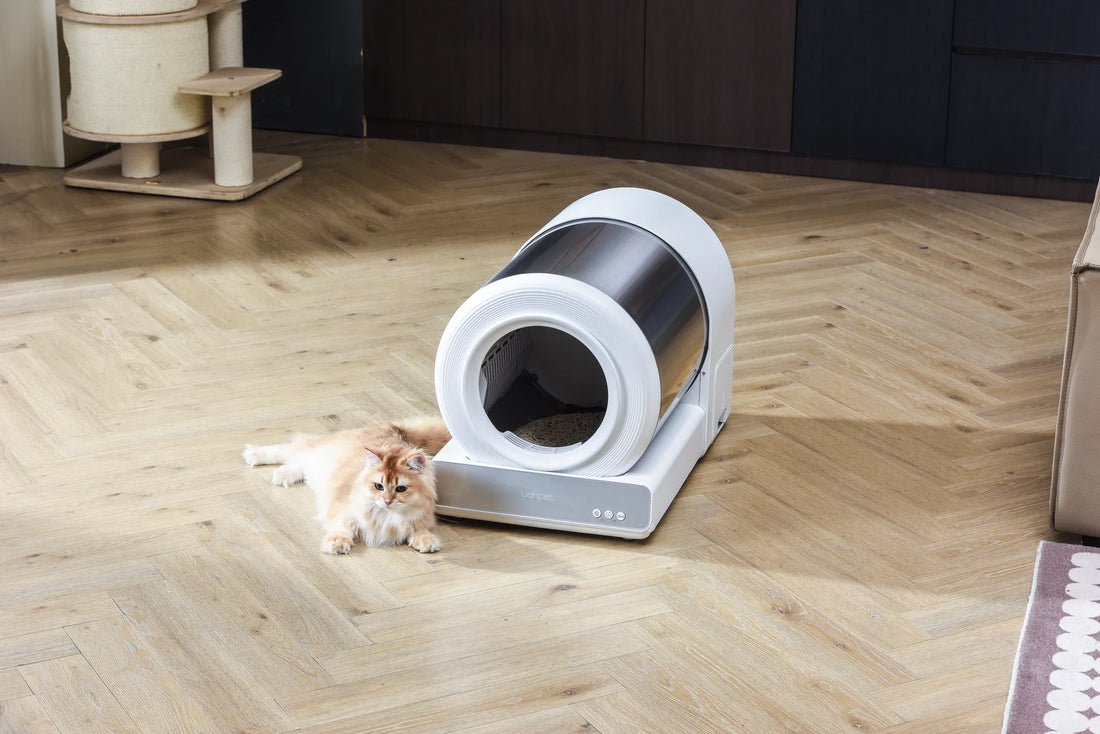Is your cat peeing outside the litter box? This frustrating behavior can leave pet owners feeling helpless and confused. Understanding the reasons behind this issue is the first step toward finding a solution. In this article, we’ll explore the various causes of this behavior and provide practical tips to help you address it effectively.
Medical Issues
One of the most common reasons why cats pee outside the litter box is due to underlying medical issues. Urinary tract infections (UTIs), bladder stones, and kidney disease can cause discomfort or pain, making your cat associate the litter box with negative experiences. If your cat is exhibiting this behavior, it’s crucial to consult a veterinarian to rule out any health problems.
Stress and Anxiety
Cats are sensitive creatures, and changes in their environment can lead to stress and anxiety. Moving to a new home, introducing a new pet, or even rearranging furniture can trigger this behavior. Stress can cause cats to seek out alternative places to relieve themselves, often outside the litter box. Identifying and minimizing stressors can help alleviate this issue.
Litter Box Preferences
Cats can be quite particular about their litter box preferences. The type of litter, the size of the box, and its location can all influence whether your cat uses it. Some cats prefer unscented litter, while others may avoid covered boxes. Experimenting with different types of litter and box designs can help you find what works best for your feline friend.
Territorial Marking
Unneutered or unspayed cats may engage in territorial marking, which involves spraying urine to establish their territory. This behavior is more common in multi-cat households or when a new pet is introduced. Spaying or neutering your cat can significantly reduce territorial marking and encourage proper litter box use.
Dirty Litter Box
Cats are naturally clean animals, and a dirty litter box can deter them from using it. Regular cleaning is essential to maintain a hygienic environment for your cat. Aim to scoop the litter box daily and replace the litter entirely at least once a week. A clean litter box is more inviting and can help prevent accidents outside the box.
Age-Related Issues
As cats age, they may develop mobility issues or cognitive decline, which can affect their ability to use the litter box. Arthritis, for example, can make it difficult for older cats to climb into high-sided boxes. Providing a low-entry litter box and placing it in an easily accessible location can help older cats continue to use it comfortably.
Behavioral Problems
Sometimes, peeing outside the litter box can be a sign of behavioral problems. Cats may act out due to boredom, lack of attention, or even jealousy. Providing mental stimulation, regular playtime, and positive reinforcement can help address these issues and encourage proper litter box use.
Environmental Changes
Changes in the household, such as a new baby, a new pet, or even a change in routine, can disrupt your cat’s sense of security. Cats thrive on routine, and any significant changes can lead to stress and anxiety, resulting in inappropriate urination. Maintaining a consistent routine and providing a safe space for your cat can help them adjust to changes more smoothly.
Multi-Cat Household Dynamics
In multi-cat households, competition for resources, including the litter box, can lead to stress and territorial behavior. Providing multiple litter boxes in different locations can help reduce competition and ensure that each cat has access to a clean and comfortable space. The general rule is to have one litter box per cat, plus one extra.
Solutions and Prevention
Addressing the issue of a cat peeing outside the litter box requires a combination of understanding the underlying causes and implementing practical solutions. Start by consulting a veterinarian to rule out medical issues. Then, evaluate your cat’s environment, litter box preferences, and stress levels. Making necessary adjustments, such as providing a clean and accessible litter box, reducing stressors, and ensuring a consistent routine, can help prevent this behavior in the future.
Dealing with a cat peeing outside the litter box can be challenging, but with patience and the right approach, you can resolve this issue and restore harmony in your home. By understanding the reasons behind this behavior and taking proactive steps, you can help your cat feel more comfortable and secure, ensuring they use the litter box as intended.

![[🎃Halloween Sale]UAHPET Stainless Steel Self-Cleaning Cat Litter Box](http://www.uahpet.com/cdn/shop/files/1-cat-litter-box.jpg?v=1759128420&width=1600)












